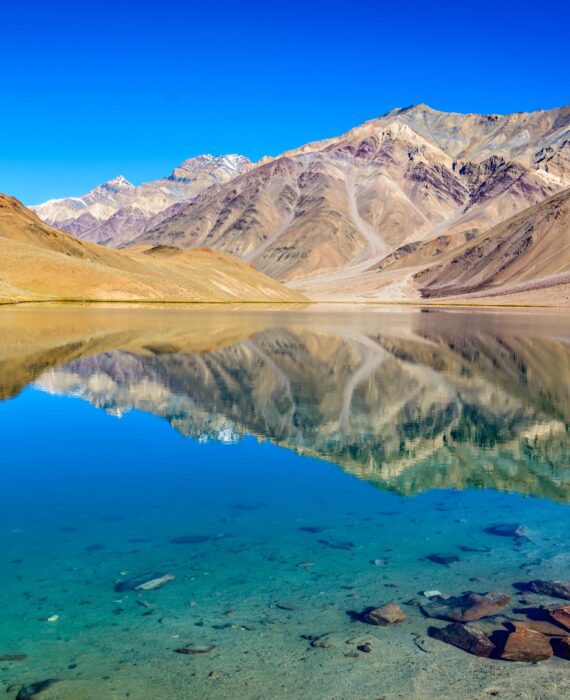
Chandratal Lake: Guide to the magnificient lake of Spiti Valley
Chandratal Lake – the most awaited part
Amritsar – a place that has survived the Jallianwala Bagh Massacre in 1919, the partition of India in 1947, witnessed Operation Blue Star in 1984, and still, it manages to surprise visitors through its romance in its air, vibrance, lovely locals, and the lip-smacking Punjabi food.
Starts: from Amritsar
Ends: at Amritsar
Type: Women-Only
Start: 30 Nov, 1:15 PM
End: 3 Dec, 1:45 PM
₹ 21300
This power-packed trip to Amritsar is for those who want to visit all the major spots along with experiencing the vibe of this border town, and indulge their soul & taste buds in Punjabi food while being on a spiritual and religious sojourn. Get goosebumps while feeling patriotic at Wagah Border and also experience the pain of the 1947 partition while visiting other places.
The golden yellow sarson ke khet surrounding the villages of Amritsar, the taste of Makki di roti te Sarson da saag (maize flour bread with mustard greens) slow-cooked on the hearth, the sights of Punjabi people riding tractors through their farms, and the warmth of Sikh hospitality are just a few delights of visiting Amritsar. In Amritsar, everything revolves around food, and it’s a dream city to visit for connoisseurs. It’s a sin to come back from Amritsar without tasting Amritsari Kulcha, Chhole Bhature, Kulfi, Dal Makhani, Lassi, and Jalebi.
For decades, Bollywood movies have highly romanticized the Punjab state and now it’s time to make your romance real with a Punjabi city! Amritsar city, being an impeccable representation of Punjab’s culture, is a must-visit destination for any Indian at least once in a lifetime.
The bustling city of Amritsar is the abode of rich history, culture, and heritage. The tales of Amritsar tell how it was torn time and again during the Indian Independence Movement including the Jallianwala Bagh Massacre in 1919. Amritsar has survived the harsh reality of the Indo-Pak partition in 1947 when the Radcliffe line made its way through the heart of Punjab tearing the soul of India. We can vicariously live on Amritsar’s side of the partition while visiting the Partition Museum in the city. Not to mention the daily ceremony which happens at Wagah Border which is for formally closing the borders at night, and to convey a peaceful message between the two nations.
Are you ready to join us for this lovely adventure to the vibrant city of Amritsar?
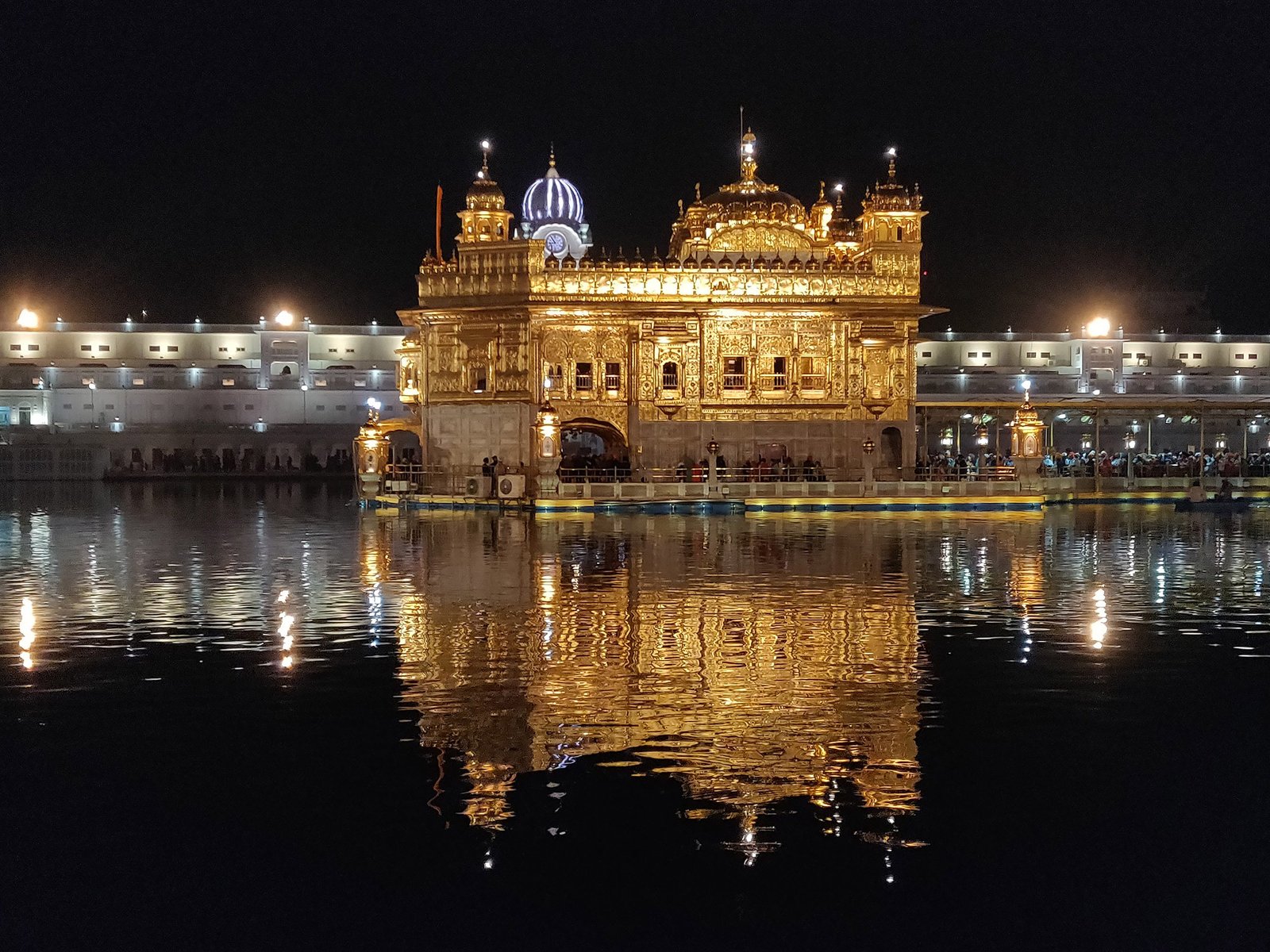
Golden Temple is one of the most revered shrines in Sikhism, and one of the most stunning worship places across the world. It’s entirely made from beautiful white marble and gold, and it derives its name from the fact that its dome is gilded with 750 kg of pure gold. Also known as Harmandir Sahib, the doors of Golden Temple are open for worship to human beings from all faiths, and backgrounds. Did you know that it serves langar (a free meal) 24/7 to the visitors?
It’s been rebuilt over and over again by Sikhs after it was vandalized multiple times by Mughal Empire and Afghan armies. The golden temple was also the center of conflict during 1984 operation Bluestar where former Indian prime minister Indira Gandhi had sent in Indian army inside the temple to fight against militants.
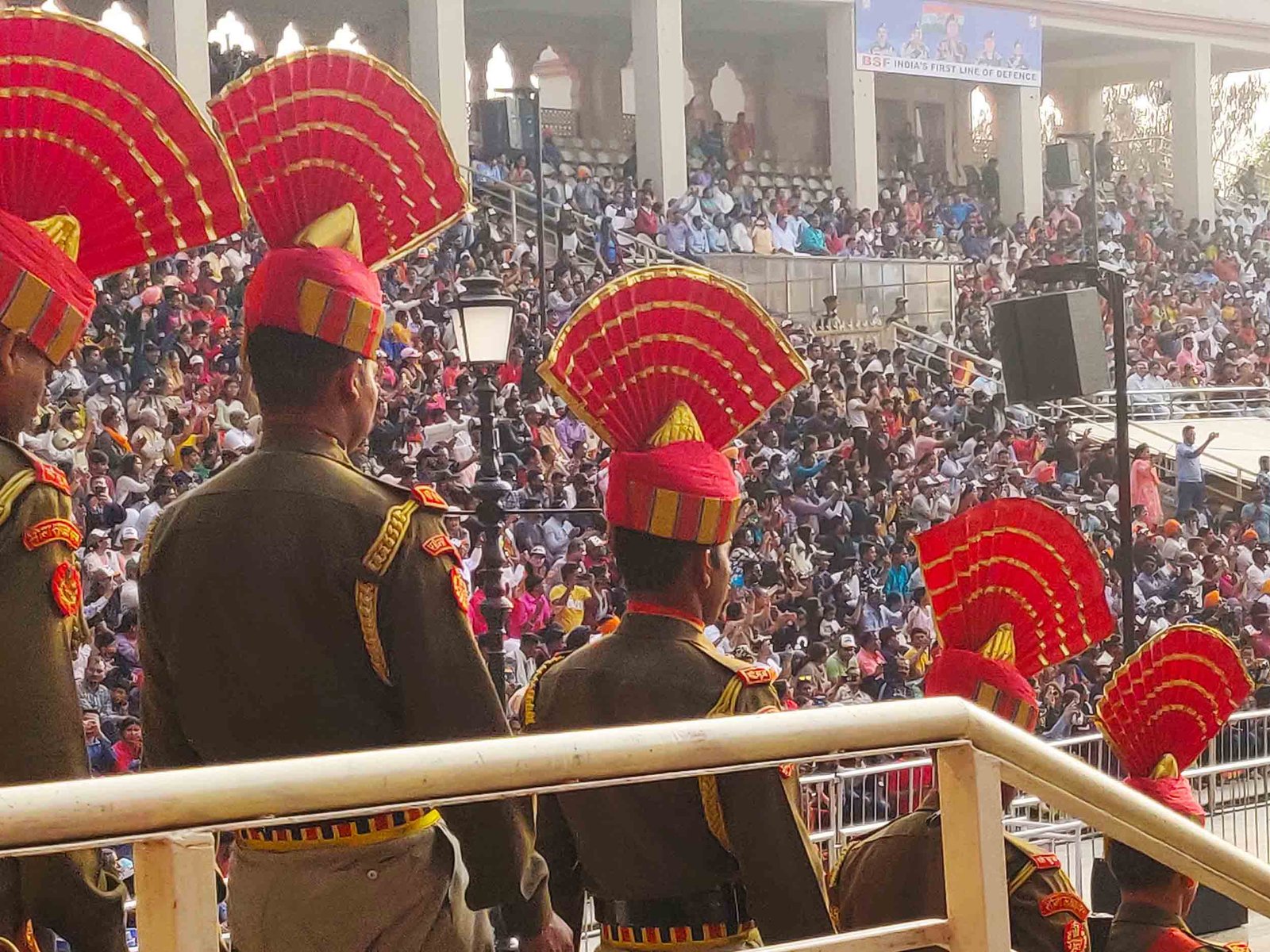
The Wagah Attari Border ceremony is a daily military practice which happens at the border, two hours before sunset between Border Security Force and Pakistani Rangers. The formal purpose of this ceremony is to officially close the border for the night, but it also conveys a message of peace between the two nations. Wagah border is one of the most friendliest Indo-Pak border points. The ceremony consists of patriotic performances, playing National Anthem, slogans, a marching ceremony known as “Silky Walk Ceremony”, followed by the lowering down of the flags of both the countries. It’s indeed a vibrant, vigorous event filling the hearts of spectators with jingoistic emotions.
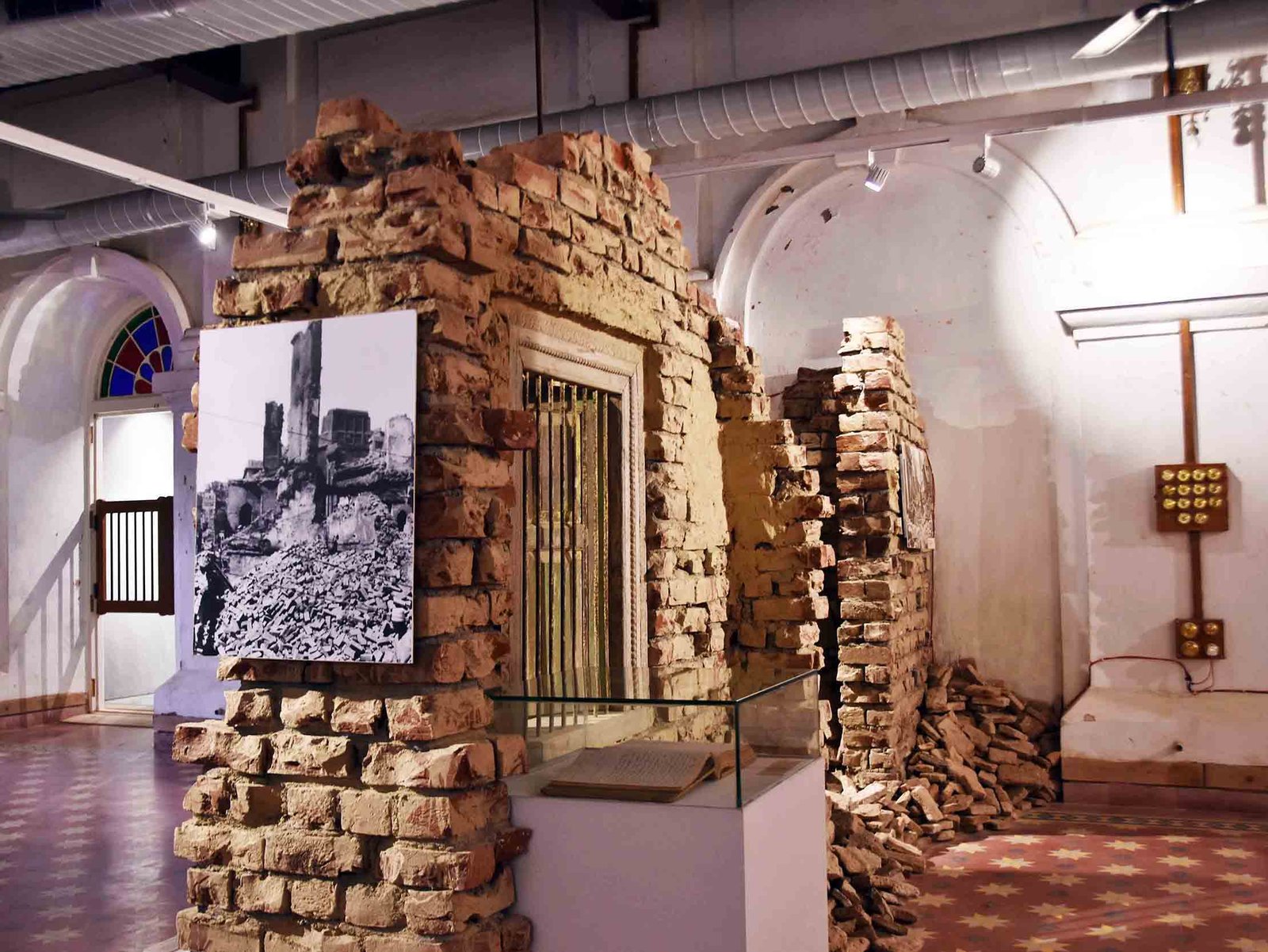
An arbitrary line drawn on the map of India by Cyril Radcliffe led to the cruel partition in 1947, giving birth to Pakistan. It’s estimated that more than 800,000 were killed in the riots followed by partition and it’s the biggest genocide in the world’s history till now. The partition museum aims to depict the partition in the way it was experienced by the people. The museum artifacts such as clothes, jewelry boxes, containers, trunks, etc, have been donated by partition survivors. The sudden division of the country didn’t allow people to organize and pack their belongings, but they rushed to pick up whatever they could, before leaving their homes forever and becoming a refugee on another side.
Did you know that this partition museum in Amritsar is the world’s first partition museum?
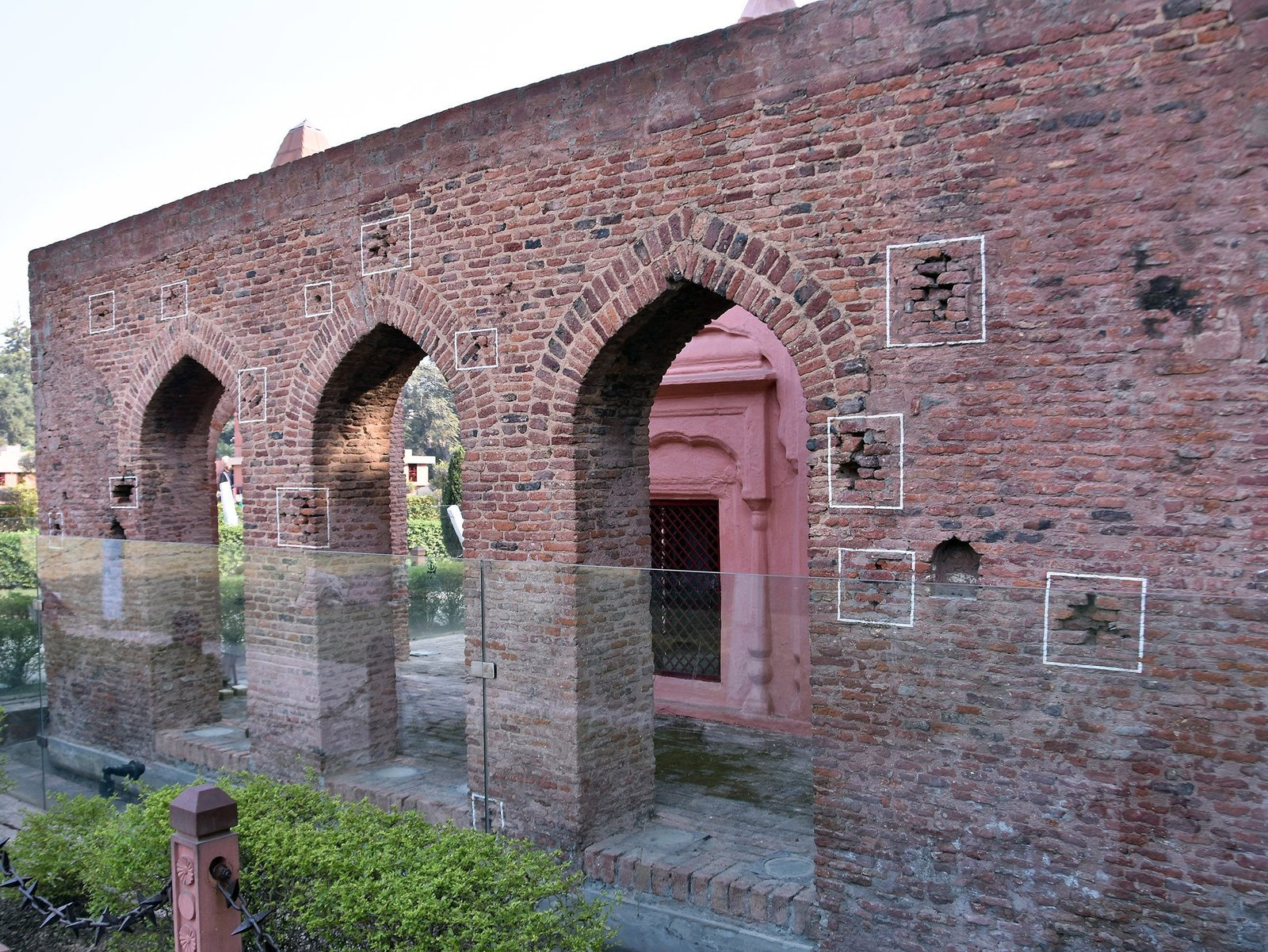
Jallianwala Bagh, majorly known in Indian history for the massacre which took place on 13 April 1919 where British Indian Army fired their rifles on unarmed Indian Civilians. Almost 10,000 of them had gathered in the garden to celebrate the most important Sikh festival Baisakhi, and also to protest peacefully against the arrest of two national leaders. General Dyer made his way to Jallianwala Bagh, all exits were closed and without warning the open firing was started which came to a halt only when they ran out of ammunition. As per official figures, more than 379 people died, but it is believed that in reality more than 1000 people died. Jallianwala Bagh massacre is considered to be one of the most outrageous massacres in world history. Did you know that bullet marks can still be seen in Jallianwala Bagh?
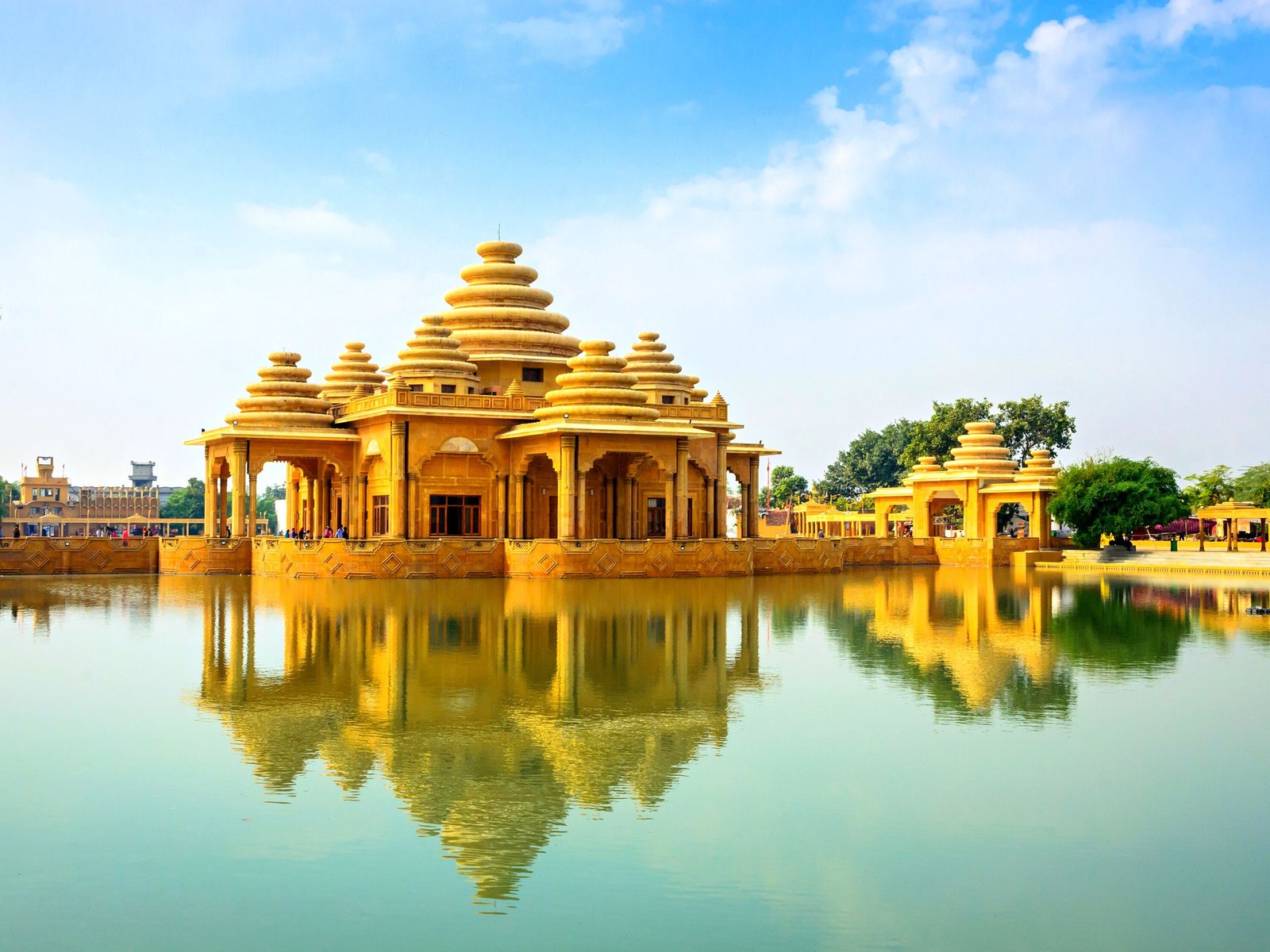
Ram Tirath Temple, a significant Hindu pilgrimage site, goes all the way back to the Ramayana period. There is an ancient tank and numerous temples in the Ram Tirath Complex area. This temple has an interesting history. It is thought to be Sage Valmiki’s ashram, where Mata Sita sought refuge after being abandoned by her husband, Lord Rama. Lord Rama’s sons, Luv and Kush, are said to have been born here. The centerpiece of the Ramtirth temple complex is an 8-foot-tall, 800 kg gold-plated idol of Lord Valmiki. This large, beautiful, and serene temple has a vast area that is simply fabulous! You get to know the history of this centuries-old temple and its grandeur architecture as well.
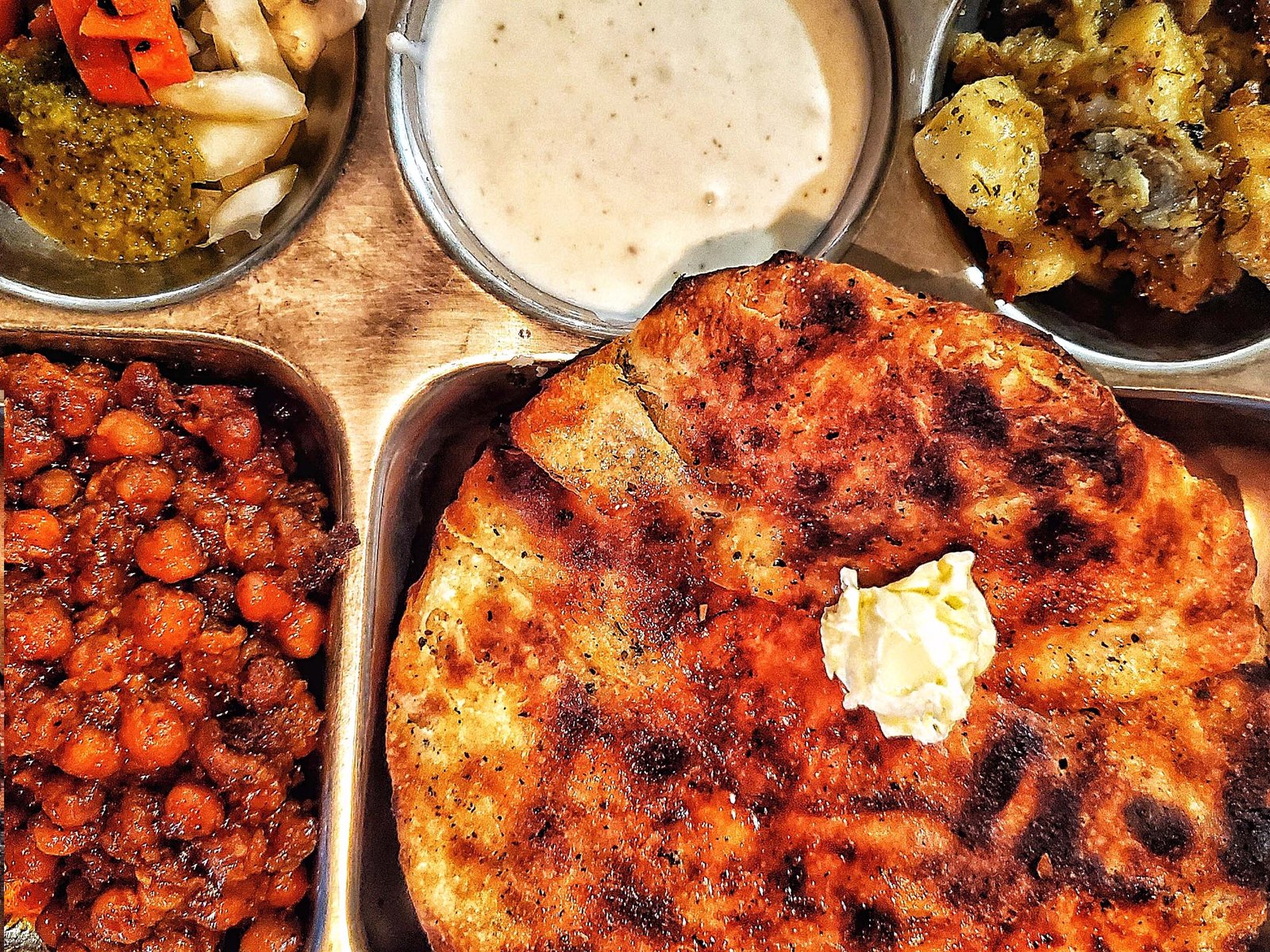
Did you know that Amritsar is known as the ‘Food Capital’ of Punjab? The list of the gastronomical delights of the city is endless as food revolves everywhere in Amritsar. While you walk through old narrow lanes, and taste the scrumptious food, you will understand how shops, recipes, and their tales are passed from one generation to another. Amritsari Kulcha, Chhole Bhature, Kulfi, Dal Makhani, Lassi, and Jalebi are some of the must foods which must be tasted there.
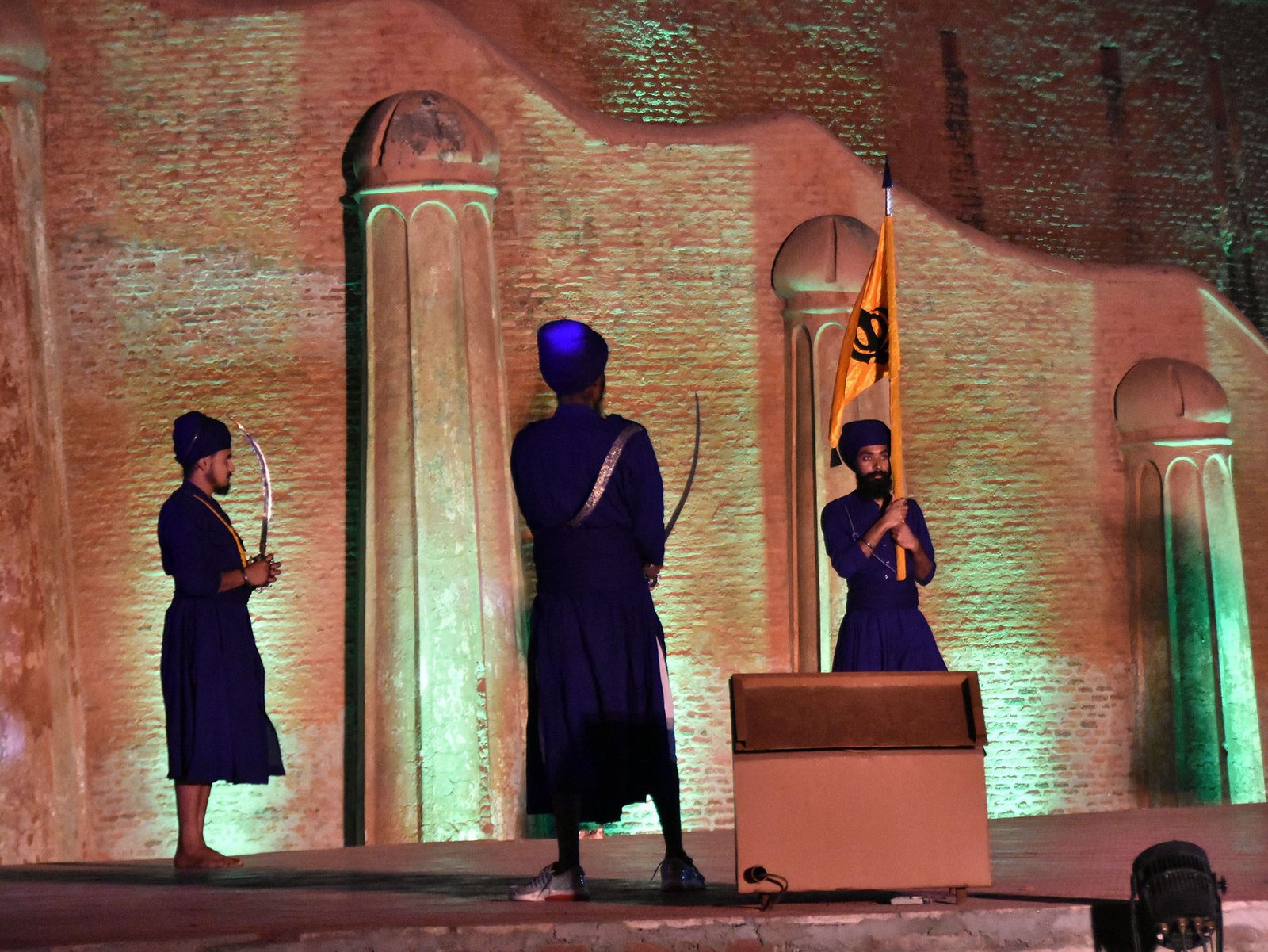
Gobindgarh Fort, located in the heart of Amritsar, was built to protect the city from invaders and hence known as ‘Guardian of Amritsar’. Earlier it was occupied by Army, but now it has been opened for the public and it’s being developed into a unique museum which can depict the history of Punjab. Spread across a vast area of 43 acres, the fort was initially built by Gujar Singh Bhangi as a small mud fortress, popularly known as Bhagian da Qilla. It was later on taken over by Maharaja Ranjit Singh, who named it after the 10th Sikh Guru, Guru Gobind Singh ji, and hence the name Gobindgarh Fort. The fort was also home to some of the biggest cannons including ‘Zamzama’ cannons.
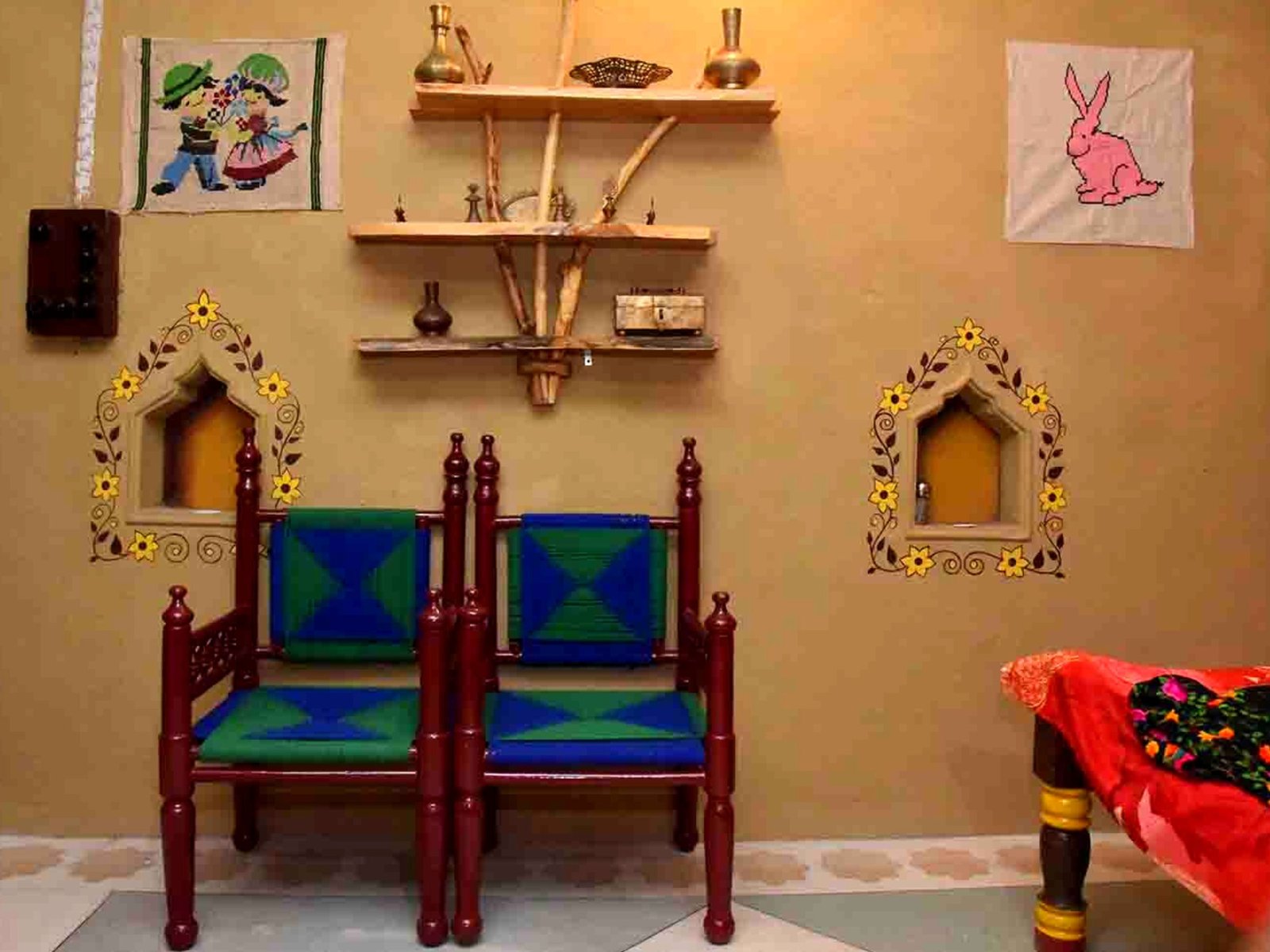
Sadda Pind is a living Punjabi village museum stretched across 12 acres of land. It allows you to experience the authentic Punjabi culture, colors, and flavors of Punjab’s traditional villages in one location.
Sadda Pind offers a taste of Punjab’s old-world charm through cultural events, folk dances, local handicrafts, songs, stories, and, of course, cuisine.
Its authentic “village fair” allows you to create your own Phulkari Juttis, clay toys, utensils, and even farming tools and implements. The cuisine is additionally as authentic as possible. Traditional north Indian cuisine is available at Chhayee ji da vehra and Daar ji da Dhaba.
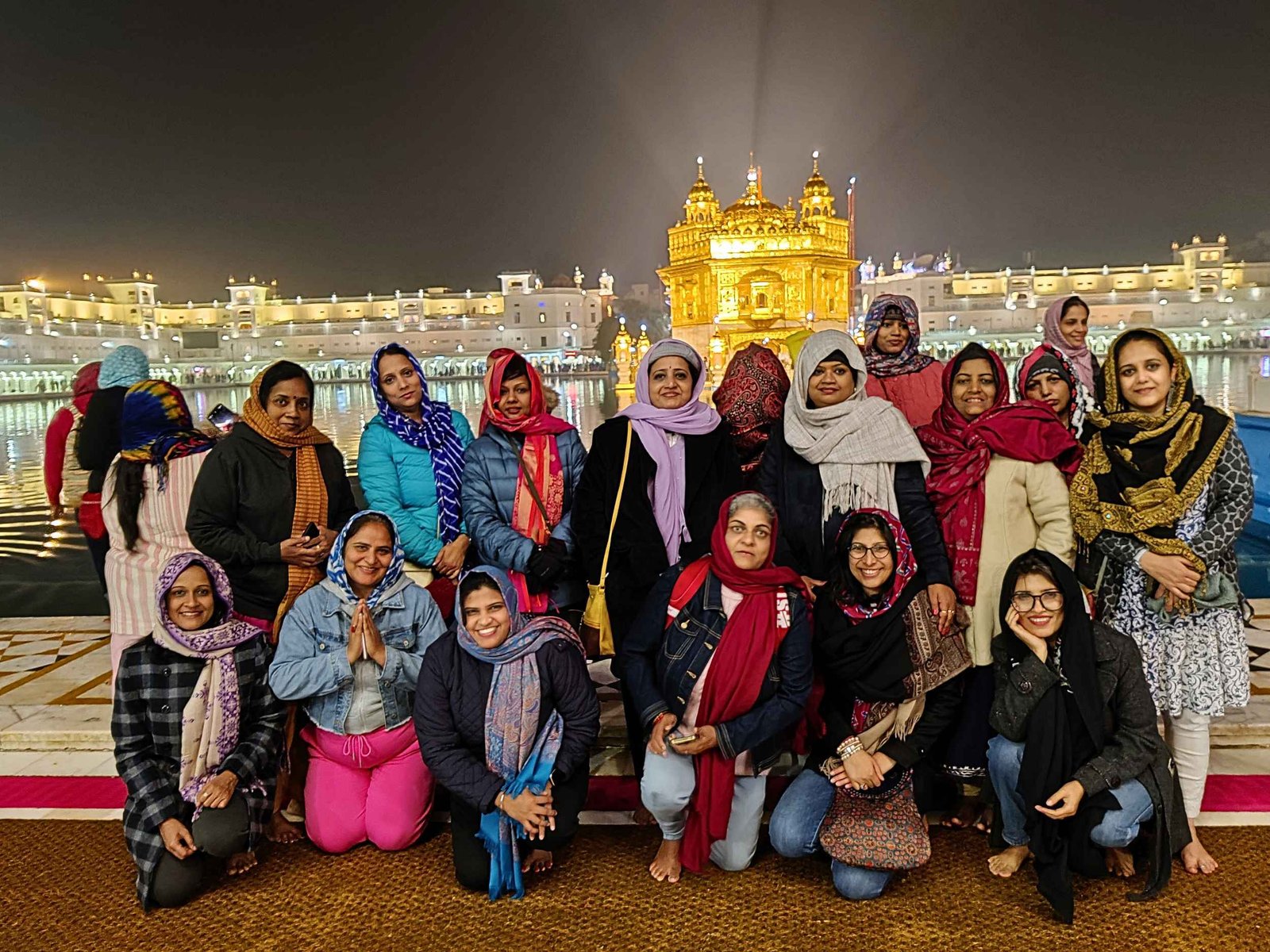
Our small group size ensures a personal touch, and our group leaders make sure to bond the entire group like long-lost friends. Hence, along with an amazing travel experience, you are in for a great of great social bonding.
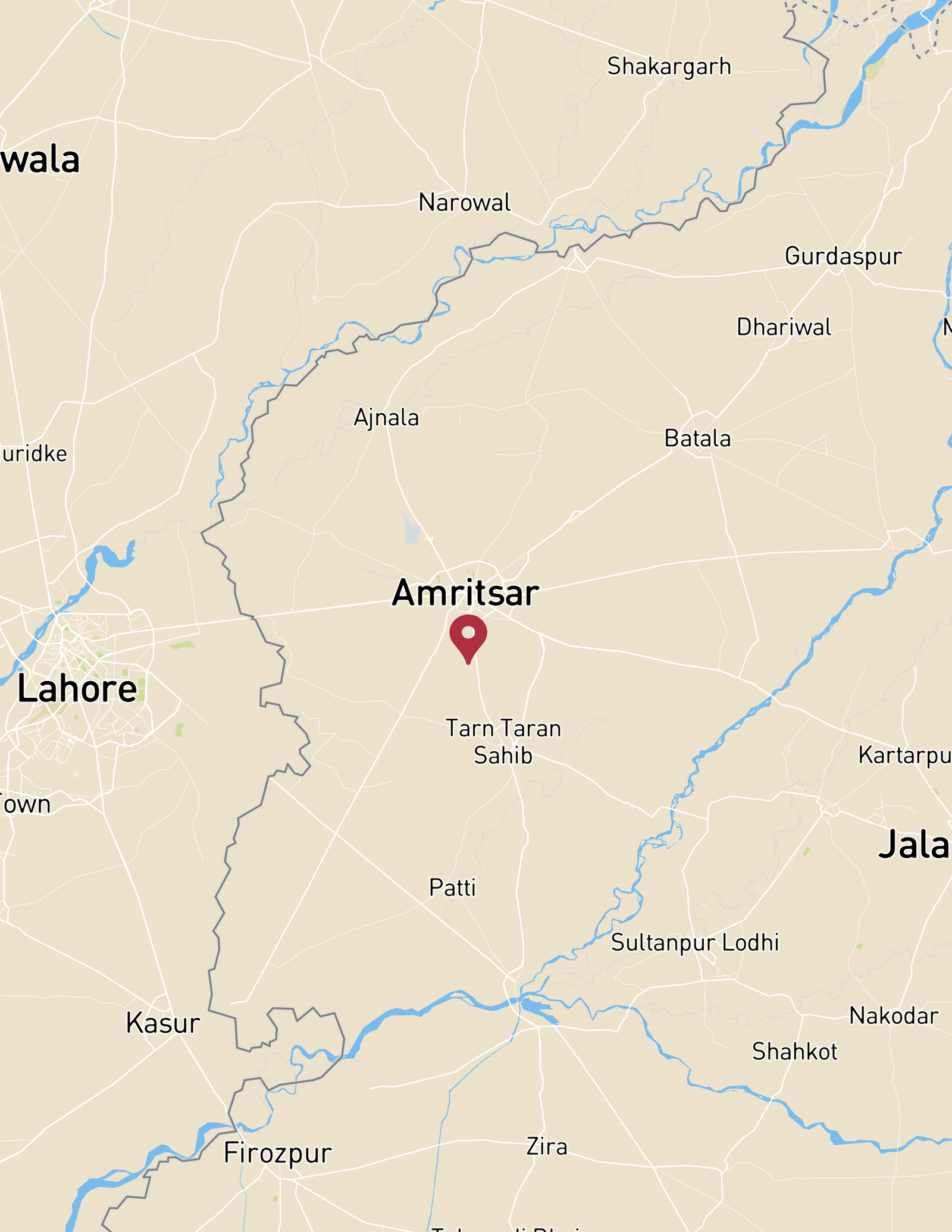
If you have any questions or concerns, then please feel free to contact us using the below-mentioned details. Alternatively, fill this form and our team will get back to you at their earliest.
This trip can also be personalized as per your needs, with your friends & family. If interested, please reach out to us.
To book this trip, please Call/ WhatsApp/ Email using the below-mentioned details.

Chandratal Lake – the most awaited part
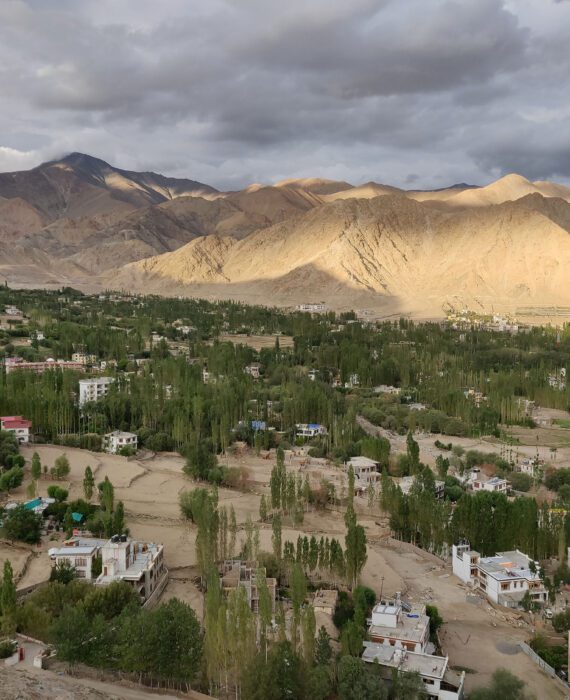
An old Tibetan saying translates to, “The